- Have any questions?
- +91 9210626626
- info@markolaser.com

Applications of Laser Marking on Metals & Plastics
Laser marking | Laser annealing | Laser foaming | Laser carbonization | Laser branding Laser application on metals such as copper, aluminum, stainless steel, brass, gold, silver ; non-metals such as diamond, wood paper, plastic(Nylon, PP, PVC, PE, Teflon, PPE, ABS)
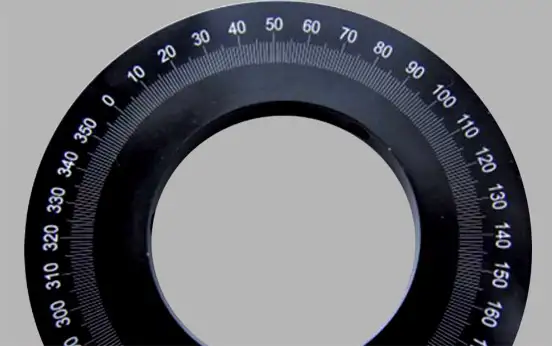
Laser Marking and Paint Removal on Precision Scale Dial Indicator
Object Name : Precision Scale Dial Indicator
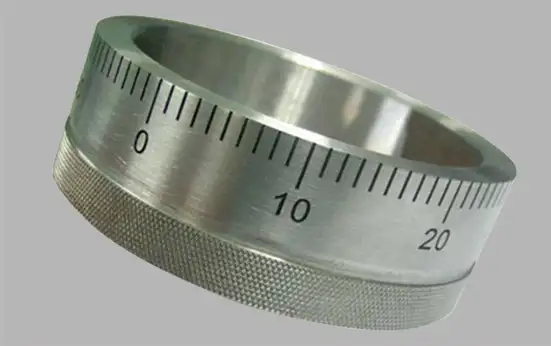
Laser Marking on Sliding
Vernier Scale
Object Name : Sliding Vernier Scale
Annealing Laser Marking
Annealing marking is an oxidation process used on carbon containing metals by applying heat through laser on the surface of any metal. Annealing marking generally gives a black mark with a smooth finish, but color may vary from brown, red, green etc. depending upon the heat used for marking.
Some Key Points of Annealing :
Used on carbon-containing metals such as Titanium, Steel, Stainless Steel, Iron
Oxidation process can result in a variety of colors
A slower, more drawn-out process
Common in the medical industry applications such as internal tracking and branding
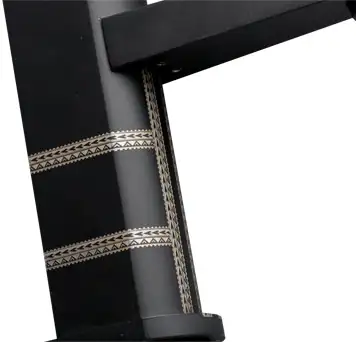
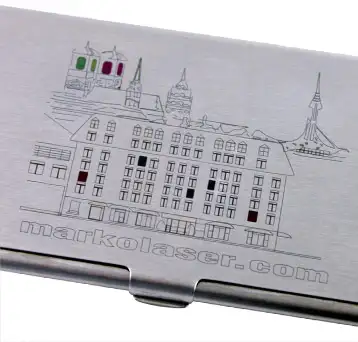
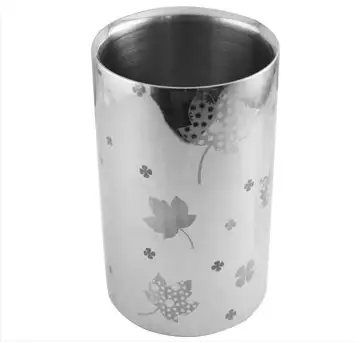
Carbon Migration Laser Marking
Carbon migration is another type of laser marking in which a metal or metal alloy is heated, causing metal to chemically bond with its carbon molecules. This bonding brings the carbon properties to the surface of your material. When this occurs, it will often result in a dark laser marking that can even be black. This type of marking is a faster process than annealing because it provides a high amount of heat to a smaller area within a more rapid time period.
Some of the Key-points of Carbon Migration Laser Marking:
Only metals and its alloys containing carbon such as steel, stainless steel, carbide, titanium can utilize this marking
Heating process migrate carbon to the surface
Produces dark markings
Heat is applied rapidly
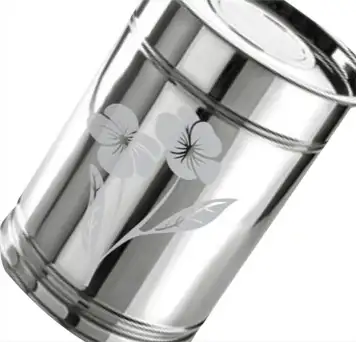

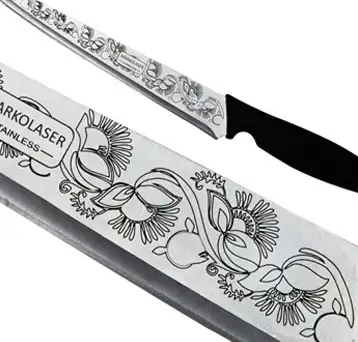
Foaming Laser Marking
Foaming is a laser marking technique used only on polymers. Laser foaming is carried out by creating a molten burn on the surface. The molten surface creates an atmosphere of foaming gas bubbles. Foam laser marking is usually carried on a polymer which results in a light color.
Some of the Key-points of Foaming Laser Marking:
Used only on polymers
Produces light & smooth markings
Material is melted, creating foam and gas bubbles
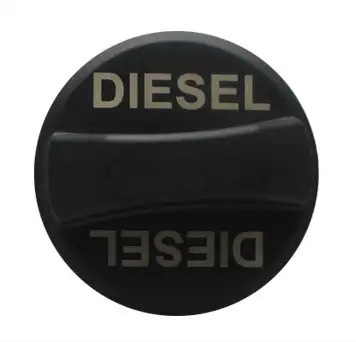
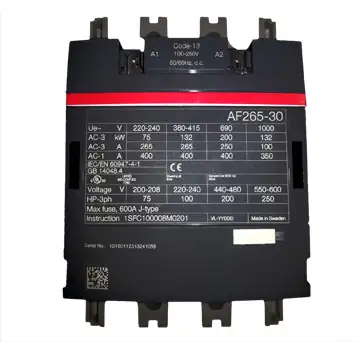
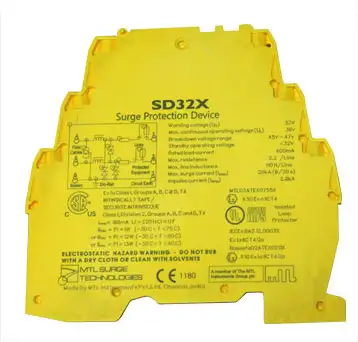
Coloration Laser Marking
Coloration laser marking is the process of adding color to a polymer or metal by controlling laser and scanner parameter such as pulse frequency, pulse width, power, speed and more. Coloration on polymer occurs by foaming process while it occurs via oxidation in metals.
Some of the Key-points of Coloration Laser Marking:
Can be utilized for both metals and plastics
The process for coloration varies, depending on your material
Creates contrast in both colored and black and white materials
Color results are based on an oxidation process
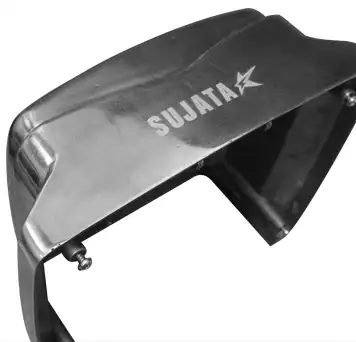
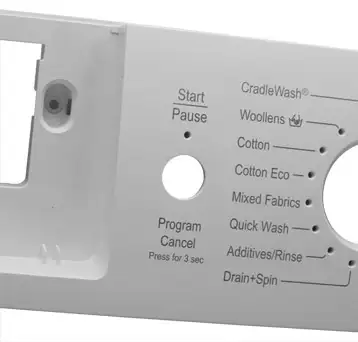
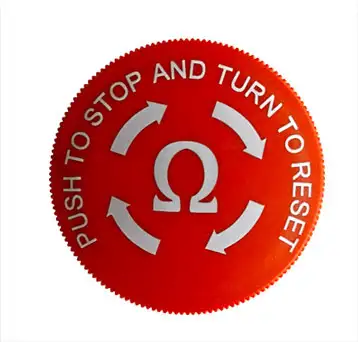
Basic Questions and Their Answers About Laser Marking & Engraving
1. How is laser marking done ?
The laser beam of the laser markers, slightly alter the surface without evaporating it underneath thereby inducing a colour change on the surface where the laser beam is focused. Laser marking is performed through various processes such as laser annealing, laser ablation, laser coloration and laser carbon migration. https://www.markolaser.com/industries/laser-marking-and-laser-hallmarking-by-markolaser
2. What is the difference between laser marking & laser engraving?
Laser marking is a superficial phenomenon where laser beam changes the color of the material whereas laser engraving removes material (by evaporation) up to some controlled depth. To know more about laser engraving visit : https://www.markolaser.com/industries/laser-engraving-machine-for-metals
3. Is there any chance of the product getting damaged after being subjected to laser beams?
Laser marking is a controlled marking process. There is a very slight loss of surface material when the laser beams mark, clean, ablate or color the surface. The product does not get damaged due to the regulated effect of laser beams on the surface of the product. The laser marks are permanent and do not fade until and unless it is scratched with sharp edges.
4. What is a laser marking machine?
A laser marking machine essentially marks a product or a sample by various marking techniques such as engraving, foaming, Annealing at different speeds and with different effects depending upon the composition of the sample and its inherent light absorption properties.
5. What is a fiber laser marking machine?
A fiber laser marking machine uses an optical fibre (active medium) as a wave guide to transmit a coherent beam of optical radiation that permanently marks various materials of different compositions through techniques like engraving, foaming, annealing etc. at different speeds and with different effects.
6. How much is a laser engraver
Parameters like: Wattage of the laser source, beam output quality, the active medium used, the wavelength of the laser beam, scope of marking on materials, the surface to be marked, applications required for; are some essential deciding factors that determine the cost of an engraver. High-quality Laser engravers can cost as low as 10,000$ (USD) to as high as 100,000$ (USD).
7. How does a laser marking machine work?
During laser engraving (a marking scheme), the surface of the job/sample/work piece is melted and vaporized by the heat generated by the laser beam. This induces a change in the composition of the material at the point of the laser incidence. The gorges/crevices thus formed on the surface of the work-piece in this way become the final engraved result.
8. How is laser marking different from laser engraving?
Laser engraving is a subset of laser marking wherein which the work-piece upon which the laser is incident, experiences a change in composition by means of ablation and vaporisation of its laser incident area. Laser marking, however, involves several techniques under its umbrella of processes like engraving, annealing, foaming, staining etc.
9. What materials can be laser engraved?
Materials that can be laser engraved/marked include stainless steel, aluminium, brass, bronze, titanium, silver, gold, ceramics, polymers, stone, granite, wood, cork, cardboard, tiles, glass among a few.
